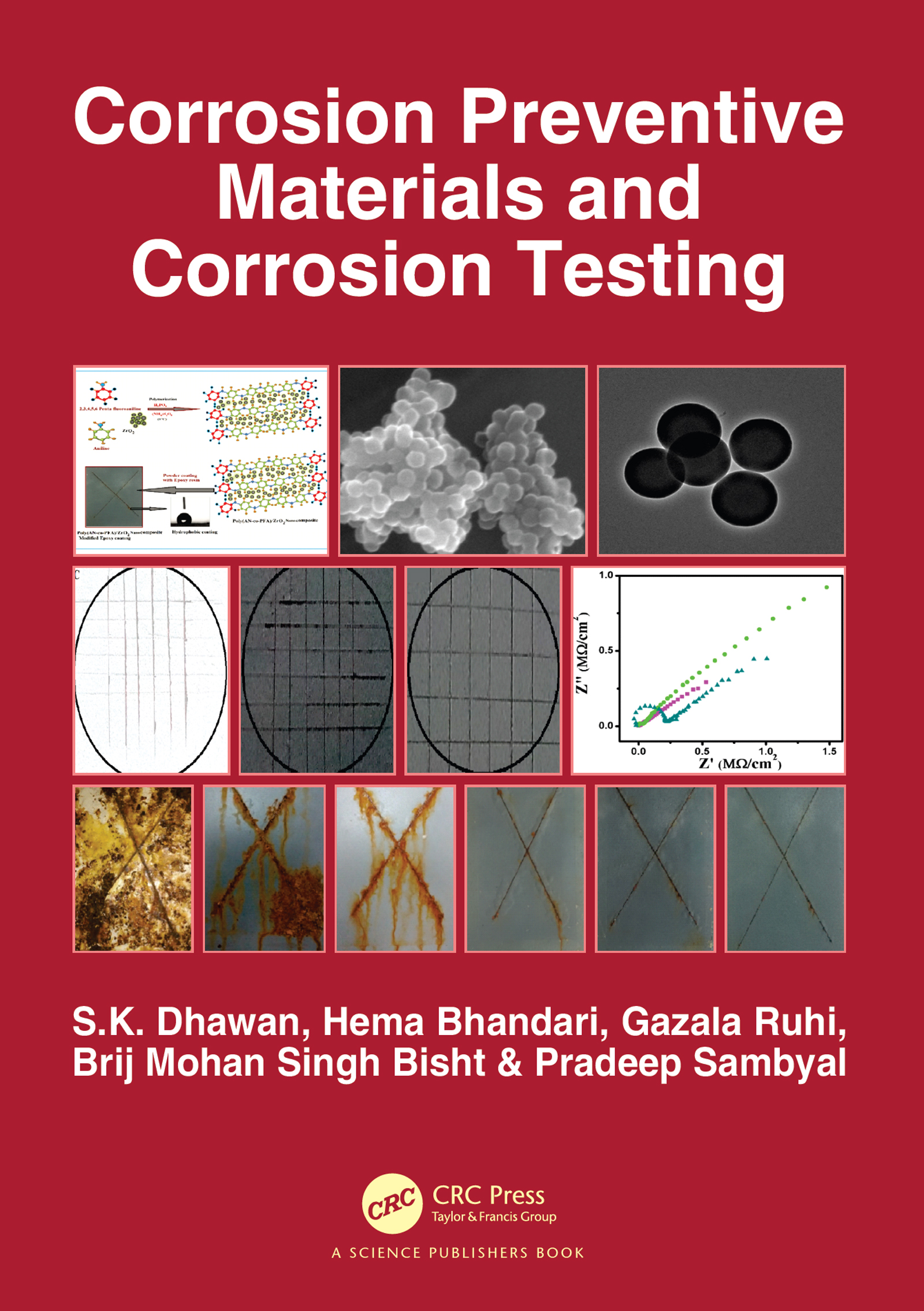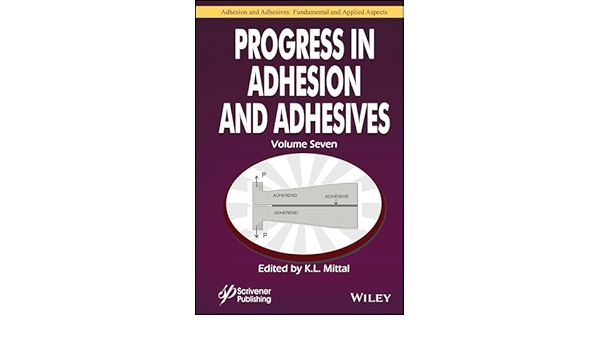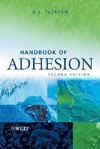Regulatory Review: LEED Updates and Supplier Challenges




Since its inception in 1997, the Leadership in Energy and Environmental Design (LEED™) system has been a major influence on how adhesives and sealants manufacturers design and market products. While not a true regulation in and of itself, LEED has been legislated in the majority of states for minimally government-funded work. It is also the basis for U.S. federal projects according to the green mandates enacted by President Bush via executive order. As such, LEED is certainly within the scope of a regulatory discussion, and the changes proposed in the last draft of LEED v4 need to be considered by everyone in our industry.
SIGNIFICANT CHANGES AND CHALLENGES
It is assumed that changes in LEED v4 (vs. LEED 2009) will significantly impact products in the general areas of product stewardship/extended producer responsibility and chemicals of concern (among others). These proposed changes mesh well with concepts seen in various recent regulatory codes and standards documents, such as the International Green Construction Code (IgCC), so the assumption makes logical sense. An examination of three specific Building Product Disclosure and Optimization credits demonstrates the true potential impact on our industry, as well as the challenges (or opportunities) that each one entails. Each credit offers two optional pathways, with the second yielding more points than the first.
Material Ingredients Credit
The intent of this credit is to insure green chemistry and hazards considerations are taken into account when selecting products. The Material Ingredient Reporting option applies to 20+ “permanently installed products” that must be from five or more manufacturers. All items must be reported to 0.1% using one of the following to show chemical inventory: manufacturer inventory (all items listed by CAS number in a publically available format; confidential business information (CBI) items need use/function and hazards information, as defined in GreenScreen), Health Product Declaration in compliance with HPD Open Standard, end use certified to Cradle to Cradle V.2 Silver Level, or “other” USGBC-approved system/method.
The second option, Material Ingredient Optimization, applies to 25%+ (by cost) of “permanently installed products.” One of the following is required to show chemical inventory: GreenScreen (benchmark 1, 100% credit; benchmark 2, 150% credit), end use certified to Cradle to Cradle V.2 (Platinum gets 150% credit; Gold gets 100% credit), USGBC-approved system/method/program, REACh (International Method; no SVHCs, 100% credit), no candidate or authorization chemicals gets 150% credit. Locally sourced materials may get additional credit.
Obvious challenges include:
• What are “permanently installed products?” Does this include sealant and adhesive products?
• Is CBI protected via the rigors of the systems referenced?
• Every option creates added costs.
• Creates “point advantage” for those who use specific scoring systems, as well as a disadvantage for those who already have systems in place via their stewardship efforts or other proprietary systems.
• No criteria listed for “USGBC approved.”
Sourcing of Raw Materials Credit
The intent of this credit is to promote the use of raw materials that have as minimal an impact on the environment as possible, and to ensure that continuous improvement programs are in place to further reduce negative impacts of raw material acquisition. The Raw Material Source & Extraction Reporting option is for 20+ permanently installed products that must be from five or more different sources. A publicly released report from suppliers is required, addressing or listing: extraction locales, an eco-issue commitment, reduction measures of extraction impacts, and a commitment to meeting voluntary programs. Third-party reports get 100% credit, while those that are manufacturer declared receive 50%. Several formats are acceptable for third-party reports, including those that are “USGBC approved.”
In the Leadership Extraction Practices option, 25%+ (by cost) of “permanently installed products” must meet one or more of the following: bio-based materials (meet ASTM D 6866, as well as legal harvest requirements), recycled content the same as the current version, and an “USGBC approved” program. Again, locally sourced materials may get additional credit.
Challenges here include:
• Multi-sourcing in supply chains may lead to multiple sets of disclosures that need assembled for any one batch.
• Audit costs could be prohibitive for smaller companies.
• CBI in the supply chain.
• No definition of “USGBC approved” or “permanently installed.”
Environmental Product Declarations (EPD) Credit
The intent of this credit is to promote lifecycle thinking in choosing products and to reward those companies that provide transparency of those activities in the marketplace. In the first option, simply called EDP, 20% (by cost) of permanently installed products must meet one of the following (cradle-to-gate scope): product specific declaration (25% weighting), industry-wide generic Type III (50% weighting), product-specific Type III (100% weighting), and USGBC- approved EPD.
The Multi-Attribute Optimization option requires that 50% of permanently installed products (by cost) meet one or more of the following: manufacturers with an extended producer responsibility program (50% credit), and a USGBC-approved program that verifies better than industry average performance (in terms of GHG potential, ozone depletion, acidification, eutrophication, tropospheric ozone creation and depletion of non-renewable resources). Local products get added credit in this option.
Challenges related to this credit include:
• Many industries (including adhesives and sealants) do not have approved consensus product category rules to do EPDs.
• EPR programs are not in existence in many industries (including ours) and are not always the best ecological solution to local reclamation.
• Costs could be prohibitive, especially for small manufacturers.
• Insufficient definition of “permanently installed products” and “USGBC approved.”
• Do customers and industry know what this means?
EDUCATION AND INTERACTION
One challenge not addressed but pertinent to all these points is the knowledge base of customers and those writing these guiding documents. For many regulatory and R&D professionals, concepts such as exposure pathways are second nature. Many contractors, specifiers or producers may not have developed the knowledge base to understand the requests and provide the information that is being sought. Regulatory professionals who develop systems and codes like LEED may be well intended but may not realize that risks are not universally the same and/or can be mitigated via the use of best practices in installation, etc.
These points, among others, show the direction that regulation and market expectations are going regarding the adhesives and sealants industry. Ultimately, these challenges must be faced. LEED v4 (which has been delayed until the spring of 2013) may not deal with them directly, but the discussions are underway.
This outline may not be 100% accurate, but it is indicative of direction. However, these regulatory issues cannot be avoided, and only companies that work to make changes both inside the industry and in educating the regulatory and user communities outside their walls will survive.
Looking for a reprint of this article?
From high-res PDFs to custom plaques, order your copy today!










